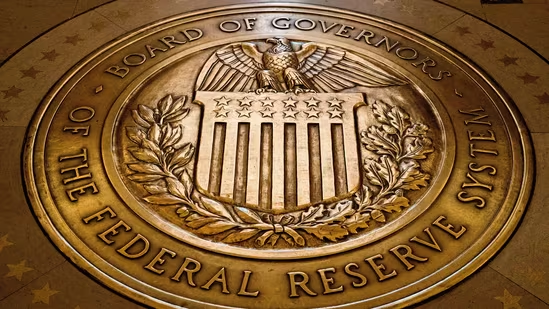Who is impacted by the Federal Reserve’s latest decision? Millions of Americans, from borrowers to savers, feel the ripple effects of the Fed’s monetary policy. What did the Fed decide? On May 7, 2025, the Federal Open Market Committee (FOMC) opted to maintain the federal funds rate at 4.25% to 4.5%. Where does this decision stand in the broader economic context? It follows a series of rate cuts in 2024, with the Fed now pausing due to rising inflation and tariff uncertainties. When was this announced? The decision came after a two-day meeting in Washington, D.C. How does this affect the economy? The Fed’s cautious stance reflects concerns over potential stagflation, balancing inflation control with labor market stability.
In This Article:
Economic Resilience and Tariff Concerns
The Federal Reserve’s decision to hold rates steady underscores a resilient yet uncertain economy. Fed Chair Jerome Powell noted that economic activity remains solid, with a strong labor market, but inflation, at 2.8% in February, exceeds the Fed’s 2% target. President Trump’s proposed tariffs, set to impact imports from key trading partners, are expected to push prices higher, complicating the Fed’s inflation fight. The Fed lowered its 2025 GDP growth forecast to 1.7% from 2.1%, signaling slower economic expansion. Despite these risks, Powell emphasized a “wait-and-see” approach, stating, “The economy is in a good position to wait and see.”
Balancing Inflation and Employment
The Fed faces a delicate balancing act. While inflation remains elevated, unemployment is projected to rise slightly to 4.4% by year-end 2025, up from 4.1% in February. Some Fed officials advocate waiting for clearer signs of labor market deterioration before cutting rates, while others, like Governor Christopher Waller, push for earlier easing. Posts on X reflect market expectations, with some anticipating a 25-basis-point cut in June 2025. However, Powell warned that tariff-driven price increases could delay progress toward the 2% inflation goal, raising fears of stagflation—a mix of high inflation and low growth.
Looking Ahead
The Fed’s pause signals caution as it navigates Trump’s trade policies and their economic fallout. With two rate cuts projected for 2025, markets remain hopeful for relief, but uncertainty looms. Will inflation ease, or will tariffs derail growth? The Fed’s next meeting in June 2025 will be pivotal. For now, Americans brace for higher borrowing costs and potential price hikes, while savers benefit from sustained high yields.
-By Manoj H




